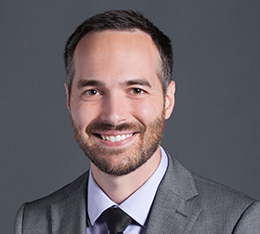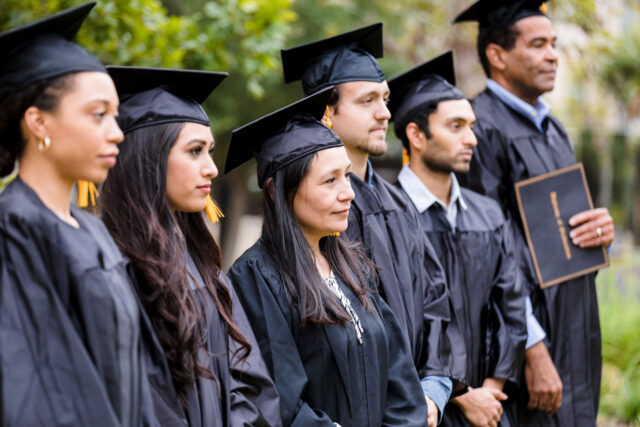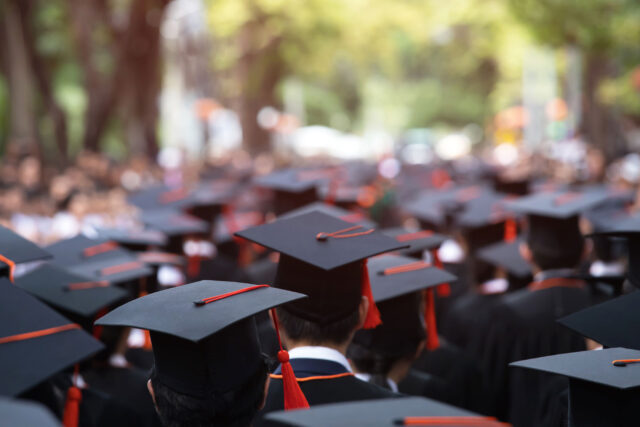As soon as August 31, borrowers who took out loans for college may have to start repaying them again. The federal government has signaled that it may not extend the pause on loan repayments that was set in place to buffer the economic hardships of the pandemic. Before COVID-19 struck, many borrowers were already struggling to make their loan payments—in particular, those who did not complete college.
Borrowers from California institutions who did not graduate typically have worse outcomes with repayment than their peers who graduated. Repayment experiences for non-graduates may be difficult since they lack the higher earnings that stem from having a college degree. Three years into repayment, more than twice the share of graduates (23%) were making progress on repaying their loans compared to non-graduates (9%).
About 19% of non-graduates were in default on loans, compared to only 8% of graduates. Defaulting on student loans can have serious consequences for borrowers: they may be unable to pass credit checks for future loans, can face wage garnishments, and they can lose federal benefits that could have helped them financially.
There are also noticeable differences by education sector. At nonprofit four-year colleges and universities, at least half of graduates with loans have a positive repayment status: making progress, paid in full, or discharged. Non-graduates were 8 to 18 percentage points less likely to have loans in a positive status. In contrast, only about 21% of graduates and only 12% of non-graduates from for-profit, four-year institutions were in a positive repayment status.
The federal government has not announced whether it will extend the payment freeze again or end it entirely. The pause on student loan repayment might follow in the wake of other pandemic-era safeguards, such as the end of restrictions to protect public health and of financial supports like stimulus checks.
Some borrowers may find relief if the federal government decides to forgive up to $10,000 of student loan debt. Depending on income limits, the plan could fully eliminate the debt of up to 40% (1.2 million) of California borrowers—and cut debt by half or more for an additional 870,000 Californian borrowers. However, given the number of people with federal student loans, such a plan could cost the federal government up to $320 billion to enact.
The government has already forgiven some federal student loans during the pandemic. The US Department of Education (DOE) expanded loan forgiveness for public service workers and gave several rounds of limited forgiveness on student loans to borrowers who took out federal loans and later filed fraud claims against the institutions that they attended. Recently, the DOE released proposed changes to broaden loan relief that include almost entirely stopping interest capitalization along with more options for discharging loans—such as easing requirements for borrowers with disabilities.
Returning to repayment is a looming financial threat for borrowers earning low wages—who are often non-graduates. Non-graduates between the ages of 25 and 34 had median annual earnings of $39,900 for full-time work in 2020, compared to $59,600 for graduates with bachelor’s degrees. If the pause on repayment expires without further intervention, borrowers must find a repayment strategy by the end of summer. The long freeze has put many borrowers in a better position to make progress on their loans, but recent increases in household expenses and record-high inflation may offset that repayment aid.






